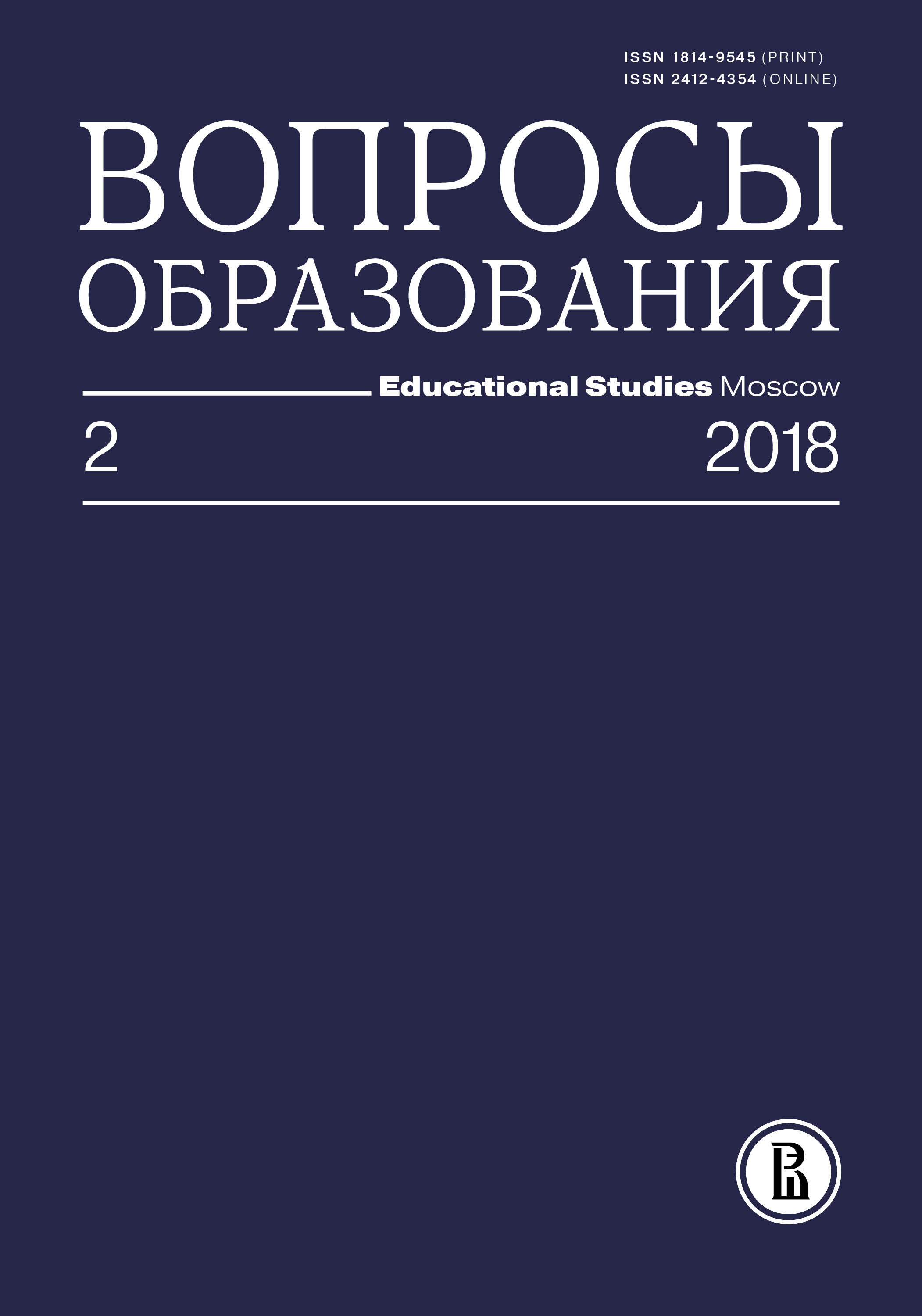Заочная форма получения высшего образования в сравнении с очной (на материалах статистики РФ)
Аннотация
Показатели развития заочной формы получения высшего образования в РФ в период с 2000 г. по настоящее время характеризуются в сравнении с очной формой обучения на основе расчетов, базирующихся на первичных статистических материалах Министерства образования и науки РФ, и опубликованных данных государственной статистики. Анализируются хронологические изменения показателей приема в вузы, конкурса при поступлении, распределения поступающих по имеющемуся уровню образования, распределения их по возрасту; численности студентов и их состава по полу; выпуска в целом и раздельно по программам бакалавриата, специалитета, магистратуры; по государственным и негосударственным образовательным организациям; по бюджетным и платным учебным местам (с учетом, где возможно, демографических показателей численности молодежи). На основе данных о доле принятых на заочное обучение в вузы 2017 г. выявляется ряд трендов, характеризующих особенности развития этой формы обучения в тех или иных федеральных округах и субъектах РФ.








